Here's a common question for slow cooker enthusiasts—do you throw water in the pot, or let the ingredients do their thing solo? The answer, like many things in cooking, isn't a simple yes or no. It depends on the dish you're making.
For meat lovers, many cuts release their own juices during cooking. So, adding extra water might turn your meal into a simmering soup instead of that savory dish you were aiming for. But when you've got veggies or grains in the mix, a bit of extra liquid could be your best friend. It prevents them from burning and sticking to the bottom of the pot.
- The Importance of Fluid
- Meat Dishes vs. Vegetarian Dishes
- Managing Moisture Levels
- Tips for Flawless Slow Cooking
The Importance of Fluid
Alright, let’s get into why fluid is such a big deal when you're slow cooking. Whether you're firing up a slow cooker or a Crockpot, understanding how moisture affects your food can be a game changer.
Why Fluid Matters
The main thing to know is that moisture is essential for creating that tender, melt-in-your-mouth texture we all crave. When cooking meat, veggies, or grains, fluid helps maintain even heat distribution. This prevents your food from drying out, sticking, or burning to the bottom.
Natural Juices and Added Liquid
Many meats and vegetables naturally release juices as they cook. This is usually enough for dishes like stews or roasts. But some recipes, especially those with grains or beans, need a little extra help. Adding broth, water, or sauces can provide the necessary moisture.
Convection and Consistency
Another thing to keep in mind is how fluid affects cooking time and consistency. More water can slow down cooking, but it also ensures even doneness throughout. Trying a new recipe? Check if it mentions a specific fluid amount. It’s not always just a suggestion.
| Ingredient | Natural Juice Release |
|---|---|
| Chicken | Moderate |
| Beef | High |
| Potatoes | Low |
| Beans | None |
As the table shows, ingredients like beef release a lot of juice, whereas beans release none. So, you’ll need to adapt your fluid level accordingly. Remember, there’s more to getting the perfect slow-cooked meal than just tossing ingredients into a pot.
Meat Dishes vs. Vegetarian Dishes
Cooking meat and veggies in your slow cooker can have very different approaches, because they interact with moisture differently. In meat dishes, particularly those with cuts like brisket or pork shoulder, the meat typically releases its own juices. This natural moisture can provide the necessary liquid for the cooking process, meaning you often don't need to add much extra water. Adding too much can dilute the flavors, turning what could be a rich stew into something more soup-like.
Veggie dishes, on the other hand, are a bit different. Vegetables have a tendency to absorb flavors and can sometimes lead to a drier end result if not enough liquid is present. You might find that a splash of broth or a small amount of water not only prevents them from sticking but also helps distribute flavors more evenly.
Meat Dishes: Less is More
When preparing meat-heavy meals, remember that less is often more. Adding too much starter liquid isn’t necessary because a lot of it will come from the meat itself. Here’s a pro-tip: browning your meat before adding it to the slow cooker can enhance those rich flavors without needing lots of liquid.
Vegetarian Dishes: Keeping it Juicy
For vegetarian dishes, you want to ensure that there is enough liquid to keep everything from drying out. Adding half to a full cup of broth or a flavorful liquid can make all the difference, especially in dishes like vegetarian chili or bean-based meals.
Here’s a useful comparison to keep in mind:
| Dish Type | Recommended Liquid |
|---|---|
| Meat Stew | 0.5 cup or less |
| Vegetable Curry | 1 cup or more |
In the end, understanding the ingredients you’re working with will help you get the most out of your slow cooker meals. Experiment a bit, and soon you'll know exactly what works best for your favorite recipes.
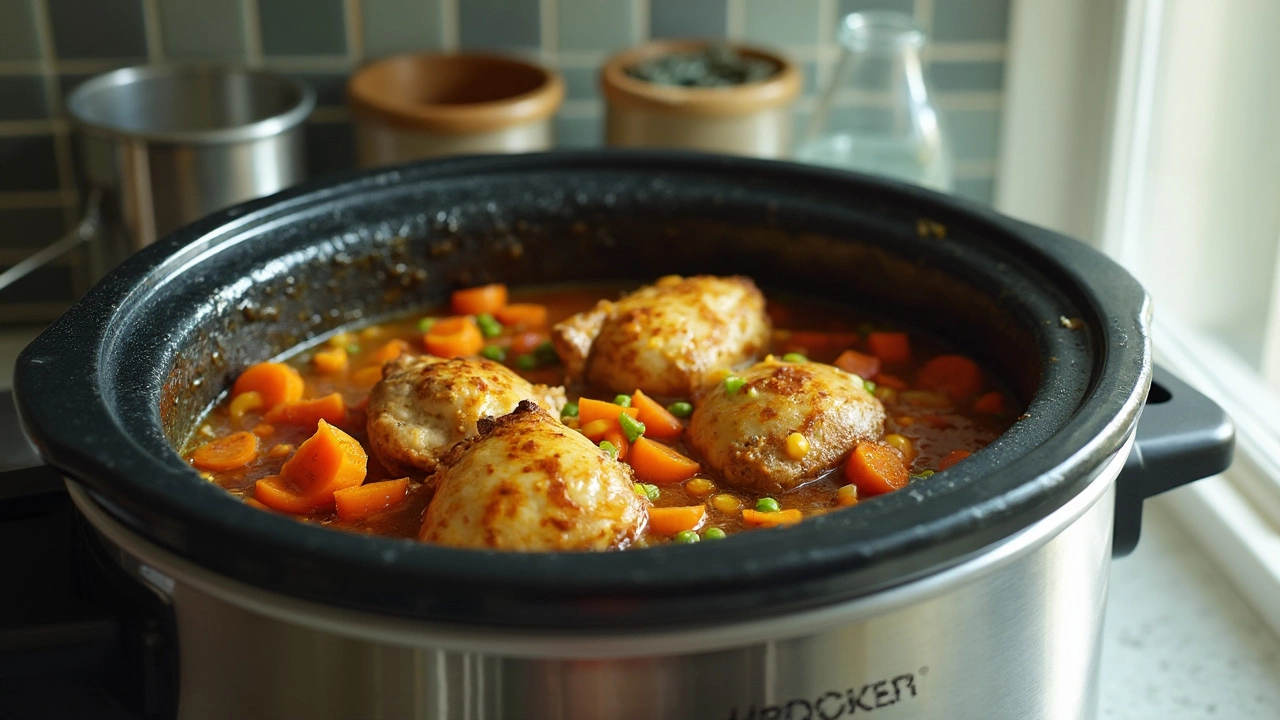
Managing Moisture Levels
Getting the moisture balance just right can be a little like walking a tightrope, especially with a slow cooker. Too much liquid and you might end up with a dish that looks more like soup. Too little, and you risk scorched meal or uneven cooking. So, how do you strike the perfect balance?
Understanding Liquid Inputs
First off, not everything needs extra water in the slow cooker. Many ingredients release their own moisture as they cook. Meats, especially fatty cuts like pork shoulder or beef chuck, will produce a decent amount of juice and fat that can keep things nice and moist. On the other hand, when cooking grains or beans, a bit of added water or broth can ensure they cook evenly and absorb flavors fully.
Adjusting for Efficiency
Remember, the cover on a slow cooker traps most of the steam, which means your food isn't losing much liquid during cooking. This is a key difference compared to stove-top or oven methods. But, if you're halfway through cooking and peek under the lid to find things looking dry, you might want to add a splash of water or broth to keep things from sticking or burning.
Practical Tips
- When in doubt, aim for less water—it's easier to add more if needed than to take it out.
- Slow cooking recipes often include suggestions for liquid amounts, so follow these closely the first time you try them.
- If using frozen ingredients, remember they add additional liquid as they melt.
Understanding how much liquid to use in your slow cooker can transform your cooking game. From succulent meats to perfectly tender veggies, managing moisture levels ensures tasty outcomes every time.
Tips for Flawless Slow Cooking
Ready to become a slow cooker wizard? Let’s dive into some tips to make every meal a success.
1. Know Your Ingredients
Understanding what you're throwing in the pot can make or break your dish. Some ingredients like meat naturally contain enough moisture, so adding too much can make your meal soggy. On the flip side, grains and legumes thrive on a bit of added liquid.
2. Don’t Overstuff the Pot
Packing your slow cooker too tightly can mess with the cooking process. Use the 3/4 full rule to ensure everything cooks evenly. Keeping it not-too-stuffed also prevents any unwanted spills over the top.
3. Layer Wisely
Wondering how to layer your ingredients? Put root vegetables like carrots and potatoes on the bottom since they need more time to soften. Meat usually goes on top, releasing its juices to add flavor below.
4. Time It Right
The beauty of the slow cooker is its ability to leave meals simmering for hours. However, don’t let “set it and forget it” turn into overcooked meals. Many dishes are perfect after 6-8 hours on low.
5. Use the Right Liquids
Think beyond just water. Incorporate broths, wines, or rich oils to boost flavor profiles. But remember, less is more!
6. Resist the Urge to Peek
Opening the lid can drastically drop the temperature, adding unnecessary cooking time. Trust the process and save the peeking for when you’re ready to serve.
There's magic in the art of slow cooking, and these pointers should help you master that magic with ease!
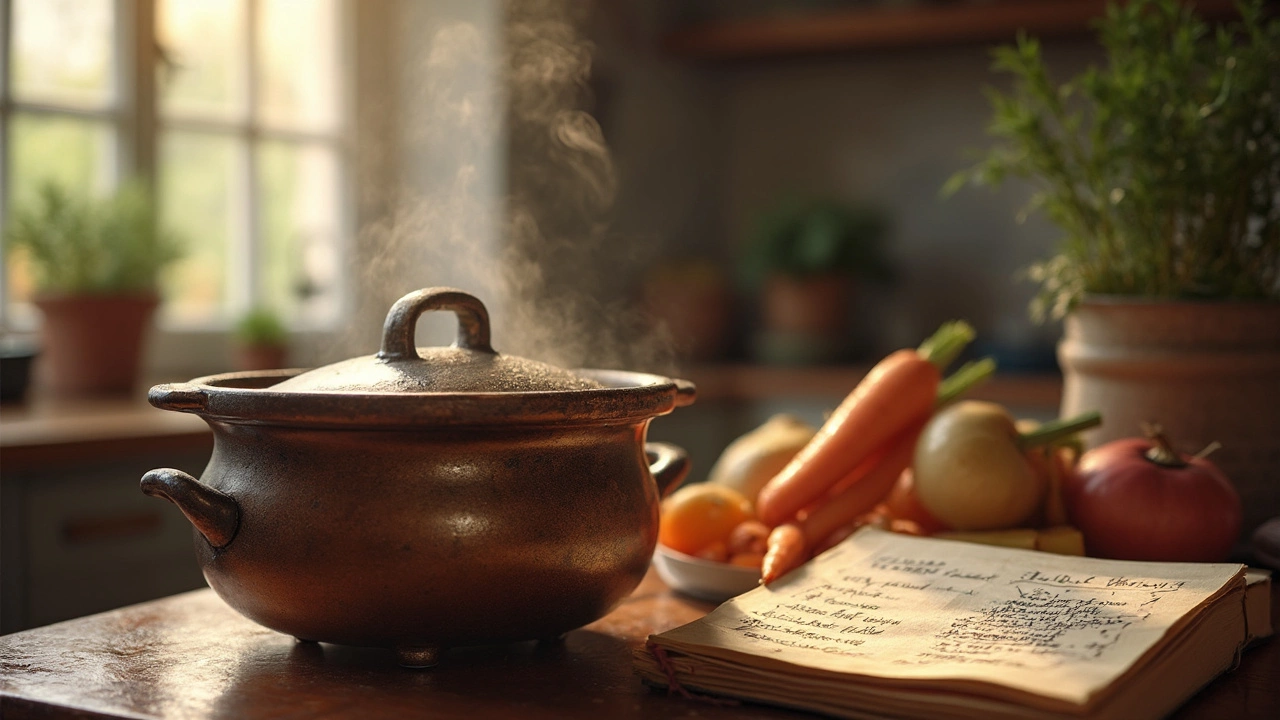

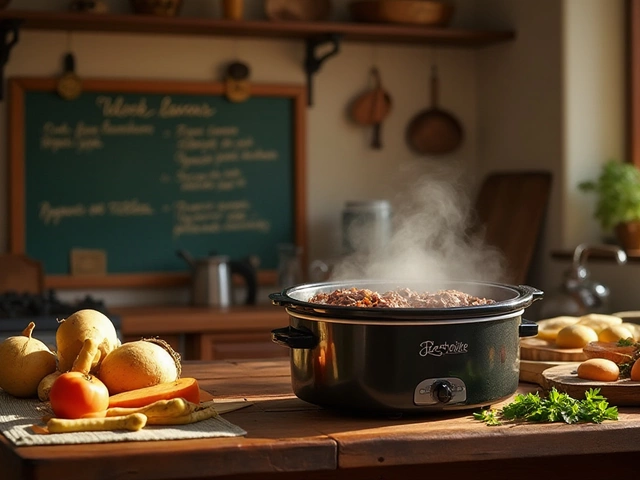
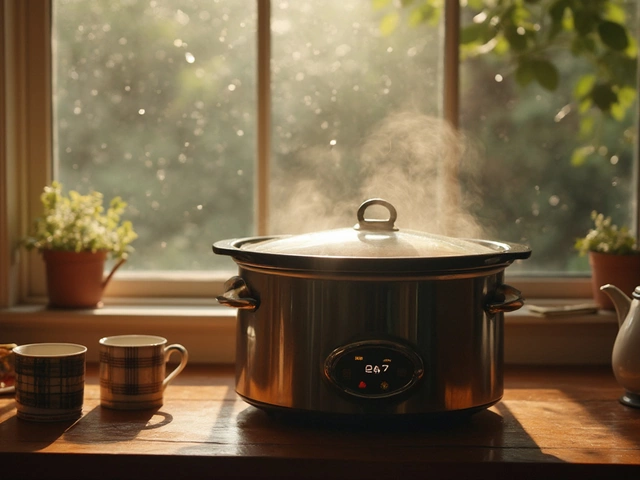

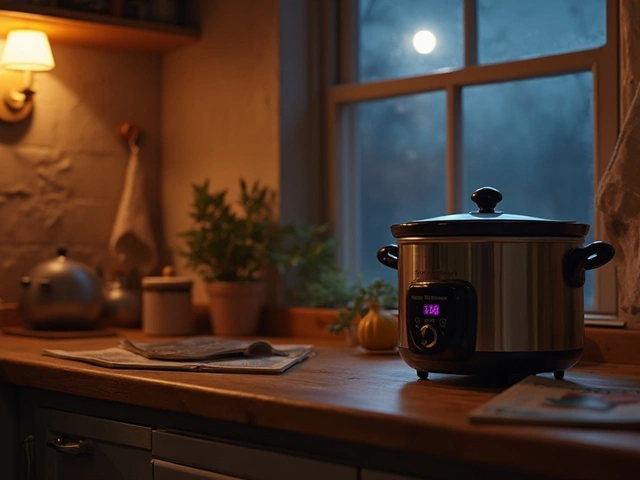
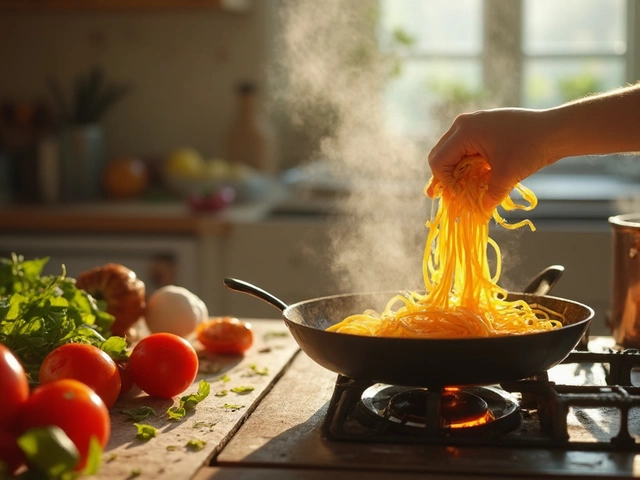

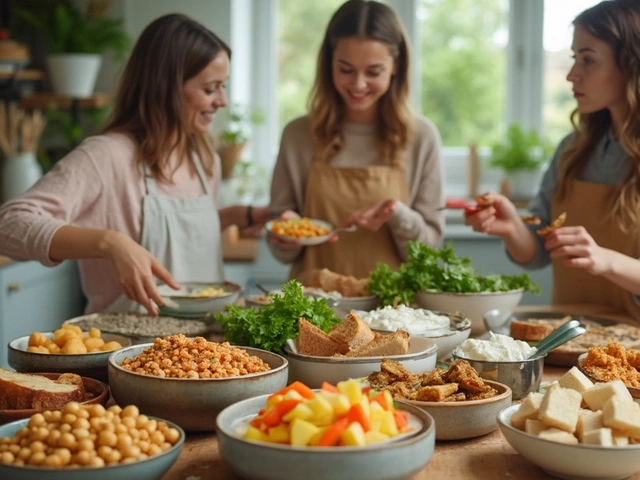
Write a comment